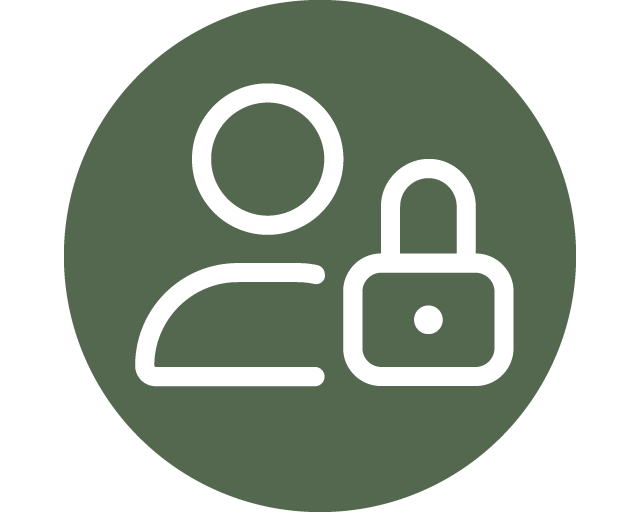E-invoicing for suppliers to the public sector
According to the Act on electronic invoices resulting from public procurement (the e-Invoicing Act), suppliers must send e-invoices to the public sector.
The E-invoicing Act
According to the Electronic Invoicing Act (2018:1277), the requirement to send and receive e-invoices applies to all public procurements initiated after 1 April 2019, including direct procurements Public Procurement Act (LOU), the Utilities Procurement Act (LUF), the Defence and Security Procurement Act (LUFS) and the Concessions Procurement Act (LUK). It is the public actor who needs to decide whether a purchase is covered by any of the procurement laws.
- According to the E-invoicing Act, an e-invoice is an invoice issued, transmitted and received in a structured electronic format that enables them to be processed automatically and electronically. PDF invoices or scanned paper invoices do not count as e-invoices.
- The e-invoices must comply with the European standard. To ensure that the e-invoice fulfils the standard requirements of the E-Invoicing Act, Digg recommends using Peppol BIS Billing 3.
Suppliers who do not comply with the law
A supplier that does not comply with the requirements of the E-Invoicing Act can be reported to Digg. Digg has the right to order the supplier to send e-invoices according to European standards. The order can also be accompanied by a fine.
Benefits of e-invoicing

Secure
E-invoices involve fewer manual steps, reducing the risk of errors and allowing you to verify both the recipient and the receipt. The trace-ability also allows you to find the sources of fraudulent invoices, for example.

Efficient
E.g. as a business owner, you will be able to streamline your interactions with authorities for your reporting and taxation processes. In addition, e-invoiceswill save time for both senders and recipients.

Sustainable
A transition to e-invoicing means both reduced costs and reduced environmental impact, e.g. by reducing paper consumption and physical transport.
Tips for sending e-invoices
There are different ways to send e-invoices. To ensure that the legal requirements of the European e-invoicing standard are met, Digg recommends using Peppol BIS Billing 3 and sending invoices via the Peppol network.
Send e-invoices via the Peppol network
If you frequently send invoices to public organisations, Digg recommends that you join the Peppol network. All public organisations affected by the e-invoicing law must be registered as invoice recipients in the network. To send invoices via Peppol, you need to contact a certified supplier.
Easy to reach public actors via the Peppol network
All public actors affected by the e-invoicing law must be registered as recipients of e-invoices in the Peppol BIS Billing 3 format. Sending e-invoices via the Peppol network is an easy way to reach recipients in the public sector.
Send e-invoices via a supplier portal
If you don't send many invoices to the public sector, ask your customer if they have a so-called supplier portal or invoice portal. You can enter the invoice information yourself via a website and thus fulfil the requirements of the e-invoicing law.
Senast uppdaterad:
